Sow Carrots: [Date, Irrigation, Substrate, Care, Harvest and Pests]
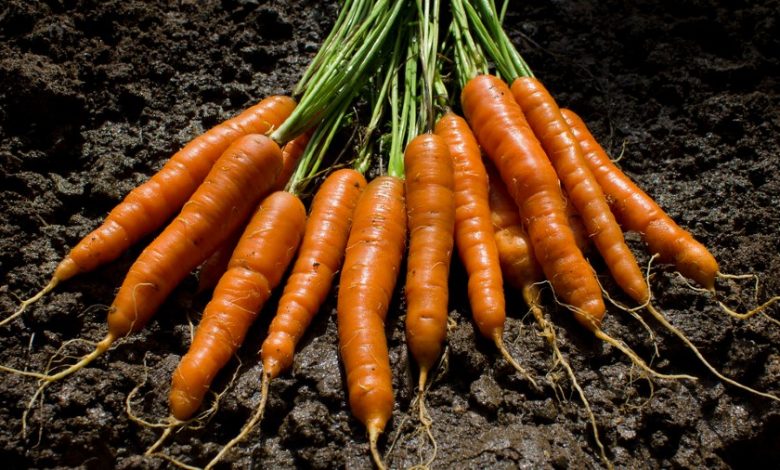
I’m sure you’ve heard things like these:
- Carrot improves vision.
- Carrot is diuretic, anti-carcinogenic and lowers cholesterol.
 Whether true or not, you will agree with me that the carrotYES it is an EXCELLENT foodThat should be a staple in our diet, right?
Whether true or not, you will agree with me that the carrotYES it is an EXCELLENT foodThat should be a staple in our diet, right?
The problem is the following:
Many times the production of this vegetable is subject to insecticides, very aggressive fertilizers or other chemicals.
However, if you have come this far it is because perhaps you have a garden and perhaps you want to grow your own carrots.
Well, I recommend you take a look at this article (7 minutes maximum)and then you look at putting it into practice. You will see how it is not difficult at all.
Carrots are also considered to be fast-growing vegetables.
Shall we start?
Step by Step to Plant Carrots:
- When? Throughout the year. Preferably in spring.

- How long do they take to collect? Between 50 and 90 days.
- Where? temperate climate. Clay floor. Exposure to sunlight.
- How is the land prepared? tilling and paying. Clay and rich in organic matter, as well as in nitrogen.
- How do we pay? Well-made humus andcompost compost.
- How do we plant them? Depositing the seeds at about 2cm and giving separation for each plant of 20cm in diameter.
- How is it watered? Preferably drip.
- How often do we water? Two or three times a week between 30 and 45 minutes.
- What do we plant nearby? Leeks, peas, tomatoes, lentils, radishes.
- What do we NOT plant nearby? Plants of the same family, umbelliferae.
- How do we harvest? When the top protrudes slightly above the ground.
- What diseases and pests does it have? Carrot fly, aphids,gray grubs, wireworms , nematodes.
Carrot Characteristics
- Botanical name: Daucus carota.
- Common name: Carrot.
- Type of plant: Vegetable, root vegetable.
- Size: 15 cm root, 2.5 cm foliage height; 23 cm extension.
- Sun Exposure: Full sun or partial shade.
- Soil Type: Loose, well-drained soil.
- Soil pH: Slightly acidic (6.0-6.8).
- Native Area: Europe, Southwest Asia.
- Toxicity: Foliage may cause skin irritation.
 Carrots are biennial vegetables, although they are usually harvested in their first year of growth, before they overwinter and flower the following year.
Carrots are biennial vegetables, although they are usually harvested in their first year of growth, before they overwinter and flower the following year.
Carrot foliage is finely dissected, with compound leaves; similar to a fern. Carrot flowers have five petals and sepals, and are borne in compound umbels.
Most roots are about 2.5 cm in diameter and 2.5 cm to more than 30 cm long. Carrots are best known for their long orange roots, but they actually come in various colors and shapes.
Carrots can be planted from nursery-grown seedlings, but the most common method is to sow the seeds directly in the garden or vegetable garden, starting as early as spring. The seeds will germinate in 10 to 21 days.
From seed to harvest it usually takes between 50 to 75 days. Even if left in the ground over winter, the roots can be delicious.
When to plant carrots?
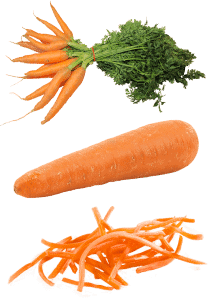 Carrot sowing can be done throughout the year, however it is preferred during spring, between the months of February-May (northern hemisphere) August-November (southern hemisphere).
Carrot sowing can be done throughout the year, however it is preferred during spring, between the months of February-May (northern hemisphere) August-November (southern hemisphere).
A semi-shade is recommended in summer to avoid intense exposure to the sun and the consequent loss of moisture.
What harvest time do carrots have?
It is recommended to pick the carrots before the root finishes its development, approximately 5 cm in diameter, in this way tender and juicy carrots will be obtained.
The harvest time is approximately 90 to 120 days (3 to 4 months), although there are areas where they are left for up to 7 months, everything will depend on the type of crop that is being sought and the climatic conditions.
When collecting them, they must first be pulled from the ground, then washed, cut off the branches and then stored.
The harvest can be done manually, if it is a small home garden, or it can be done semi-mechanically or mechanically, depending on the tools that are attached to the harvesting tractor.
Did you know…The actor who voiced Bugs Bunny hated carrots, but he must have bitten into one because it was the sound that most resembled what the rabbit did in the cartoons.
Where are carrots grown?
It is advisable to plant carrots in places that have a temperate climate, although currently thanks to genetic engineering there are varieties that can adapt to almost any climate, so this is not an aspect that restricts their planting.
 On the other hand, as the type of soil will be detailed later if it is crucial for its sowing, the most suitable soil is a sandy soil, rich in humus, but not in fresh manure.
On the other hand, as the type of soil will be detailed later if it is crucial for its sowing, the most suitable soil is a sandy soil, rich in humus, but not in fresh manure.
Carrots can be grown at home, as their care is not demanding and a regular watering can can be used to provide the necessary water.
You will only need a pot that is at least 25 cm deep and keep in mind that between each carrot there must be a space of between 8 and 10 cm.
How do we want the earth?
The land is a fundamental part of the sowing. We are looking for a sandy, clayey, limestone land, that is, a land that has the capacity to retain water. In addition, it must be fresh, rich in potassium and decomposed organic matter, with a pH between 5-8.
If the soil is very compact and heavy, it will give small, fibrous and light roots that increase the risk of rotting.
If there are many stones in the soil, the roots formed will be deformed and if there is an excessive content of organic residues, the roots will be dry and soft.
How are carrots watered?
 When watering carrots, the important thing is to maintain constant humidity without sudden changes and always have moist soil, so watering should be frequent, but not excessive.
When watering carrots, the important thing is to maintain constant humidity without sudden changes and always have moist soil, so watering should be frequent, but not excessive.
Drip irrigation in this case is ideal.
We can water two or three times a week between 30 and 45 minutes, however the amount of water and the frequency of watering will depend on the type of soil and its ability to retain moisture, what is important is to ensure a deep watering, to that reaches the whole carrot.
The irrigation process is intensified and must be monitored in times of intense sun, such as summer or in very dry soils.
How to plant carrots step by step
- We recommend sowing the seeds directly in the garden (or wherever you plan to grow them) rather than transplanting them. Carrots don’t like their roots to be disturbed.
- Sow half a centimeter 2.5 cm deep, 5 to 7 cm apart in rows 2.5 cm apart.
- Tip: Try to distribute the seeds evenly so they don’t grow together. Use a seed drill.
- Keep the soil moist with frequent, shallow waterings. For the small carrot seeds to germinate, the soil must not form a hard crust on top; cover it with a layer of vermiculite or fine compost to prevent a crust from forming. (If you put your finger in the dirt, it should be moist, but not wet, up to the middle knuckle.)
- Carrots are sometimes slow to germinate. It can take 2-3 weeks for them to show any signs of life, so don’t panic if your carrots don’t show up right away!
- Tip: To help keep track of where they were planted, mix carrot seeds with fast-germinating radish seeds, or plant radish seeds in rows between rows of carrots. The radishes will grow quickly and by the time the carrots start to grow, the radishes can be harvested.
Caring for carrots
- Gently cover the carrots with mulch to retain moisture, speed germination, and prevent the sun from directly hitting the roots.
- When the seedlings are 2 cm tall, thin them so that they are 7-10 cm apart. Snip off the tops with scissors rather than ripping them off to avoid damaging the fragile roots of the remaining plants.
- Water at least 1 inch per week to start, then 2 inches as the roots mature.
- Weed weekly, but be careful not to damage the roots of young carrots as you do so.
- Fertilize with a fertilizer low in nitrogen but high in potassium and phosphate 5 to 6 weeks after planting. (Note that excess nitrogen in the soil promotes top, or foliage, not root growth.)
How is the cultivation of carrots maintained?
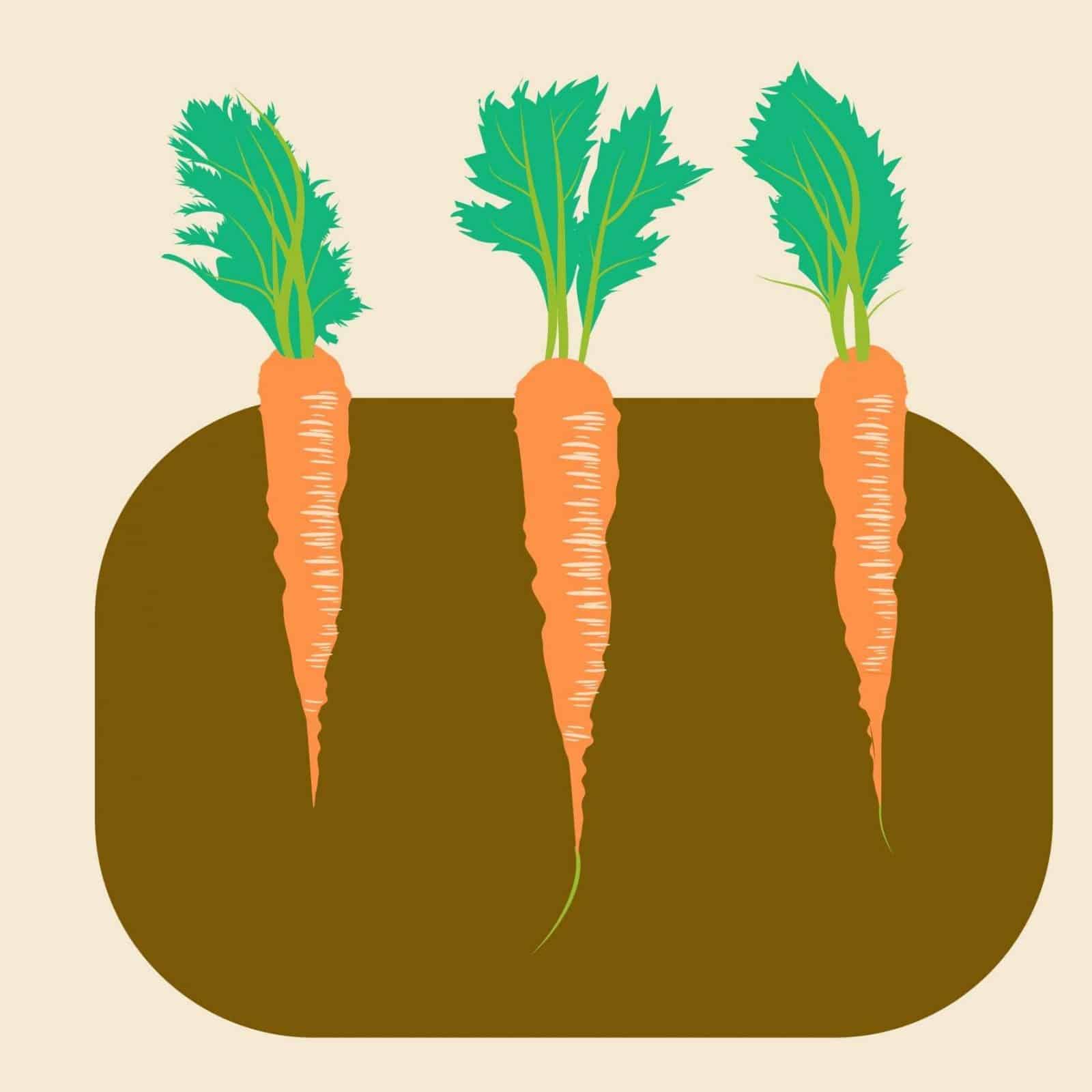 As explained above, sowing carrots does not require special maintenance beyond adequate moisture in the soil, although it is one of the most sensitive crops to weeds , as will be detailed later.
As explained above, sowing carrots does not require special maintenance beyond adequate moisture in the soil, although it is one of the most sensitive crops to weeds , as will be detailed later.
Once the carrots are harvested, they do not require special conservation either.
It is recommended to cut the foliage as it removes moisture and nutrients from the root, and they can be stored in the fridge at a temperature between 3-5°C for up to 5 months.
The ideal carrots should be firm, straight, bright orange, and with a sweet flavor, the thickness can depend on the type of seed, climate and crop used.
However, during sowing some defects can be found such as:
bruises
They are usually caused by improper handling.
holes/tunnels
It should be verified if it is due to the presence of pests.
buds
It is very common for carrots to grow new stems after harvest, causing double shoots.
This problem can be corrected by maintaining a low temperature after harvest.
white roots
If growing conditions are substandard, carrot roots will have whitish patches or streaks.
bitter taste
Carrots have a bitter taste due to stress conditions related to irrigation during cultivation, that is, inadequate irrigation frequencies produce a bitter taste.
Likewise, the bitter taste can be caused by mixing with other plants such as apples, so close space between these plants should be avoided.
What pests should we avoid and how to do it?
 Let us remember that pests are animals, usually insects, or unwanted microorganisms that feed on plants, destroying crops, reducing their production and/or value, but they can also carry diseases.
Let us remember that pests are animals, usually insects, or unwanted microorganisms that feed on plants, destroying crops, reducing their production and/or value, but they can also carry diseases.
For all of them, there is a chemical control method that, however, can cause toxicity.
As for the most common pests that attack carrots and how to combat them, we find:
carrot fly
Scientific name: Psylla rosae.
The flies usually appear during the spring, however the larvae have previously caused damage to the roots, penetrating them, which will cause rotting.
In the case of home planting, a fine mesh or net can be placed over the pot, especially in autumn, which is when this pest usually reproduces. Garlic or onion can also be planted nearby, which, thanks to their smell, will ward off flies.
aphids
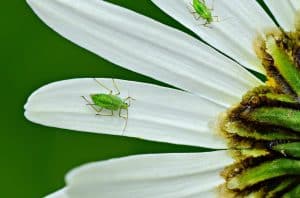 Scientific name: Cavariella aegopodii, Aphis spp, Myzus persicae.
Scientific name: Cavariella aegopodii, Aphis spp, Myzus persicae.
Aphids directly damage the crop, mainly at the level of the leaves, and are vectors of viral diseases. Seven-spot ladybugs (Coccinella septempunctata) provide biological control against aphids.
gray worms
Scientific name: Agrotis spp.
The caterpillars that give rise to these worms come out at night to eat the aerial parts of the plants, while during the day they hide under dry leaves or remain on the ground.
wire worms
Scientific name: Agriotes obscurus, A. sputator, A. lineatus.
These worms cause damage similar to that caused by carrot flies, as they attack the roots, producing channels that can cause rot.
nematodes
Scientific name: Heterodera carotae, Meloidogyne spp.
Nematodes are a very large and widespread pest in carrot crops, and can occur both in home crops and in open fields. Its main characteristic is that it causes significant damage to the roots, as well as a reduction in foliage and reddish leaves.
The Heterodera carotae
It is one of the most frequent. Since it usually appears in temperate climates. While the species of Meloidogyne spp. They are more widespread in hot climates.
The most effective method to combat these nematodes is to irrigate the soil with hot water, since they are sensitive to temperatures above 40°C.
Likewise, if other vegetables or vegetables are grown on the land, the crop can be rotated to a plant that is not sensitive to nematodes and carrots can be reseeded later.
Protection during the early stages is essential to also prevent weeds.
How are carrots harvested?
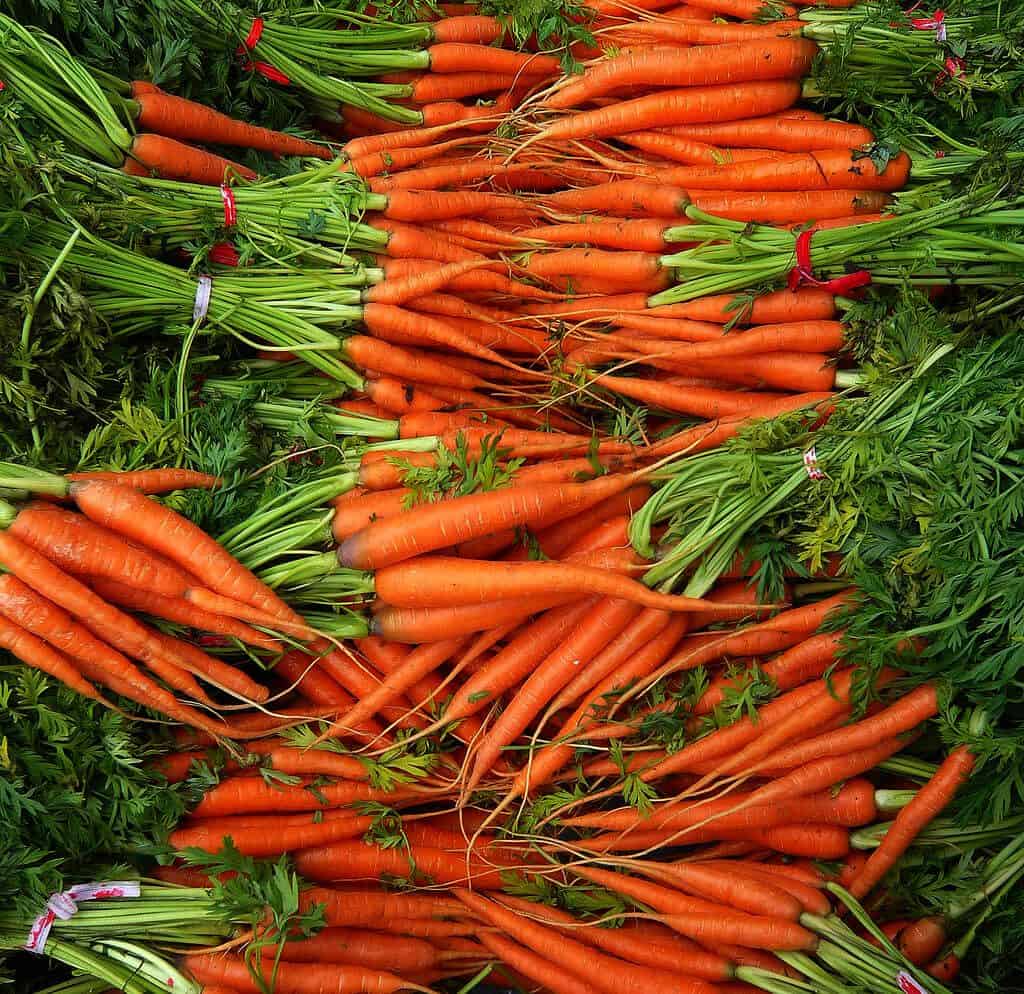
Harvesting and harvesting carrots is a fairly simple procedure, to be done at home or in the open field.
Sometimes it is recommended to leave the seeds two days before in a damp paper, to help with moisture.
The complete harvest of the carrot will begin when it reaches its maximum diameter (4-5cm).
The way to do it will be directly by pulling them out or with the help of a shovel. We will know by looking at the top of the carrot, which will protrude from the ground.
The temperature will affect it directly, but in general the optimum is to look for 16-18 °C, with the minimum growth temperature being approximately 9 °C. Although it is capable of withstanding temperatures down to -5 °C for some period.
The maximum temperature supported is around 28°C, above it the aging of the root will be accelerated and a loss of color and humidity will originate dry carrots.
As has been said repeatedly, carrots have a preference for temperate climates but the plant also requires sun, so it is necessary that the plant receives sun during the day, the important thing is always to keep the humidity in the soil relatively constant and do not exceed 28 °C.
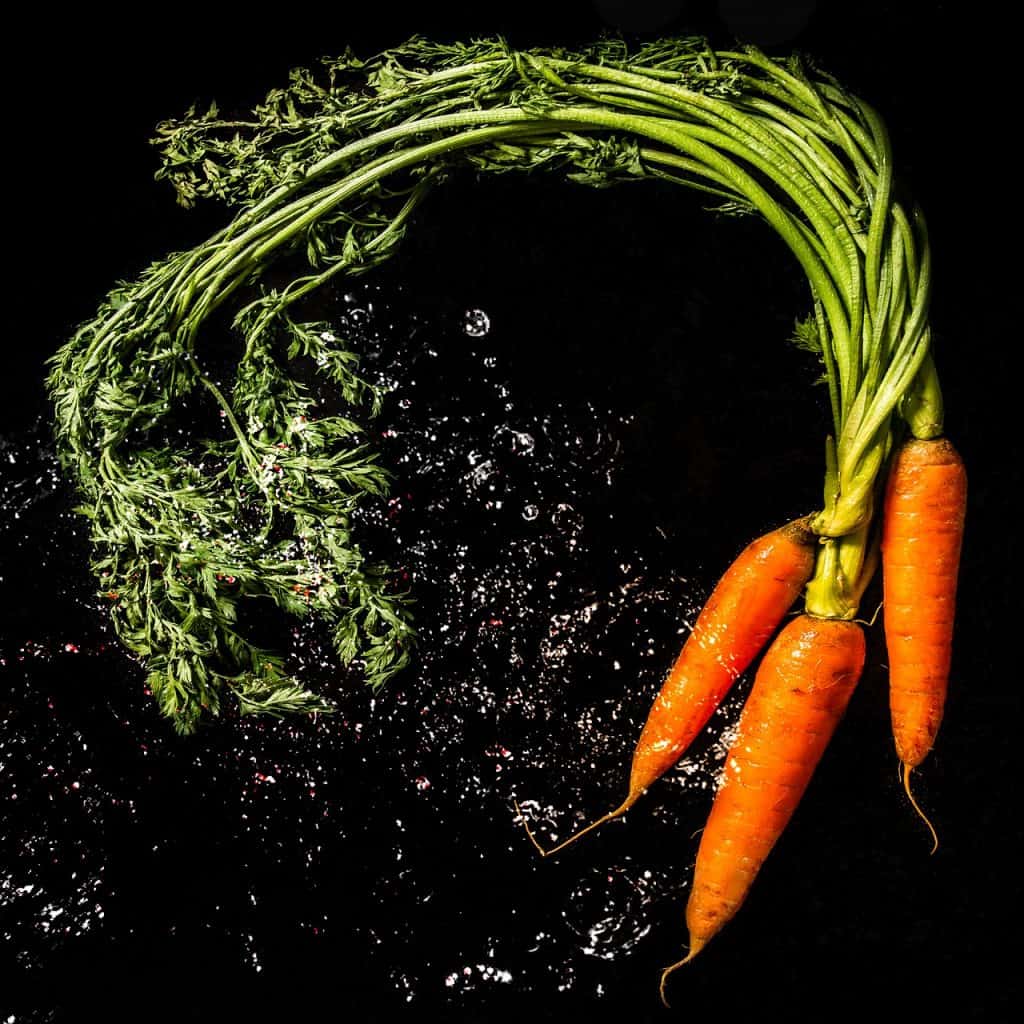 At the time of planting the seed, a furrow is made in the ground that has a depth of 1-2 cm. Each row must be separated, considering that each carrot plant will need approximately 10 cm in diameter to grow.
At the time of planting the seed, a furrow is made in the ground that has a depth of 1-2 cm. Each row must be separated, considering that each carrot plant will need approximately 10 cm in diameter to grow.
However, it is recommended to make furrows every 2.5cm approximately, as the plant begins to grow, space is made by removing the weakest plants, this process is known as thinning.
During rinsing, the distance between each shoot should be between 8-10 cm.
Important:It is important to remember that it is not convenient to transplant carrots, so if space is needed, you should always resort to rinsing, to leave only the strongest shoots.
Once the furrows have been made, between 4-5 seeds are placed in each one, covered with soil and waited until germination, which is the appearance of the first shoots.
At present, many people at home are not buying the seeds to plant carrots, but rather make a regrowth with the top of another carrot.
To do this, simply cut the top of a carrot and place them in a container with water. It is not necessary for the water to completely cover the whole piece of carrot, about 2 fingers of water will suffice.
After a few weeks, it will begin to germinate and at this time you can proceed to plant them in the pot.
It only remains to wait for you to be able to collect the carrots from your urban garden from your rural garden!
To find out more, read our guide: Picking Carrots.
What are carrots?
Carrots are low-calorie legumes and a type of root vegetables, such as turnips, onions, garlic, leeks or beets; with many nutritional benefits.
Thanks to its high content of beta-carotene (precursor of vitamin A), one of its main advantages is to prevent degenerative processes in the skin.
 These legumes are easy to grow, however, it must be taken into account that they are demanding with the type of soil where they are going to be planted, therefore, before starting the planting, the soil must be prepared.
These legumes are easy to grow, however, it must be taken into account that they are demanding with the type of soil where they are going to be planted, therefore, before starting the planting, the soil must be prepared.
The soil should preferably be clayey, rich in potassium and with a slightly neutral pH.
Likewise, it is recommended to sow in cool seasons or places, since sowing in summer or in dry soils will cause an intense and demanding irrigation system.
Soils in which tomatoes, onions or leeks (leek) have previously been planted, are good for growing carrots.
While it should be avoided in those where cereals or celery have been grown.
A good way to plant carrots is one that makes them firm, straight, with a bright orange color, high water and sugar content, with a low bitter taste and without the presence of the green center, which usually occurs due to intense exposure. to the sun.
Did you know…In ancient Greece and Rome, carrots were considered to have enormous medicinal properties and were used as an aphrodisiac?
To know more, you can see: Varieties of carrots.

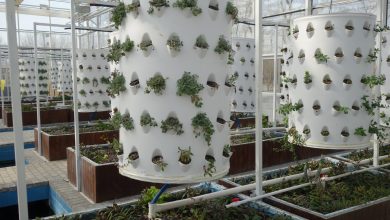
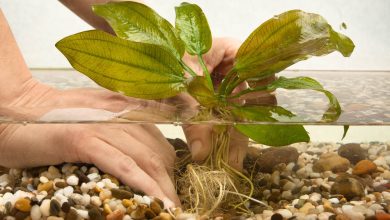
![Photo of How to Plant Oleanders in your Garden: [Step by Step + Complete Guide]](https://www.complete-gardening.com/wp-content/uploads/2022/08/how-to-plant-oleanders-in-your-garden-step-by-step-complete-guide-390x220.jpg)
![Photo of How to Fertilize Apple Tree: [Dates and Ways to Do It]](https://www.complete-gardening.com/wp-content/uploads/2021/06/manzano_1583936813-390x220.jpg)